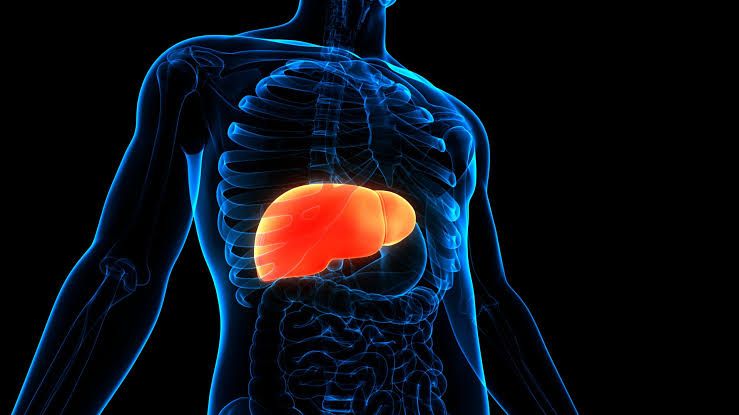Scientists at the University of California San Diego School of Medicine in the United States (U.S) have shed new light on the progression of fatty liver disease to liver cancer, the sixth most frequently diagnosed cancer and fourth leading cause of cancer deaths worldwide.
Results of the study were published in the journal ‘Nature’. The findings suggest new paths forward for preventing and treating liver cancer and have significant implications on our understanding of cancer’s origin and the effects of diet on our DNA.
The incidence of the most common form of liver cancer, hepatocellular carcinoma (HCC), has grown by 25-30 per cent in the past two decades, with much of the growth attributed to the dramatic rise in fatty liver disease, which currently affects 25 per cent of adult Americans.
About 20 per cent of individuals with fatty liver disease have a severe form of the disease, called metabolic dysfunctionassociated steatohepatitis (MASH), that greatly increases the risk of HCC.
However, how MASH transitions to liver cancer is not well understood. Going from fatty liver disease to MASH to liver cancer is a very common scenario, and the consequences can be deadly.















